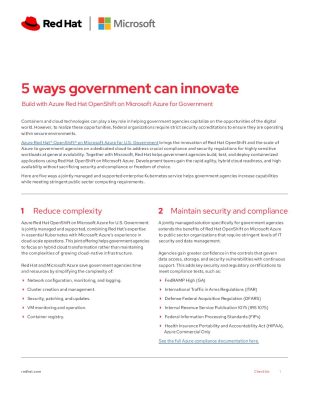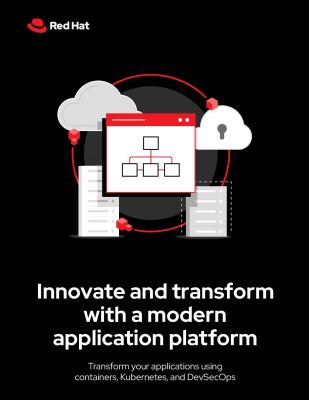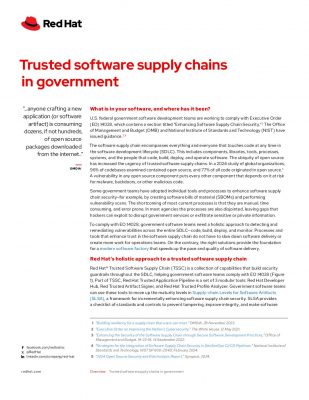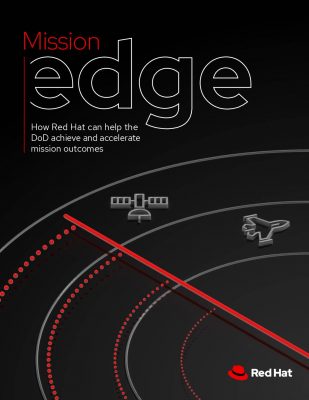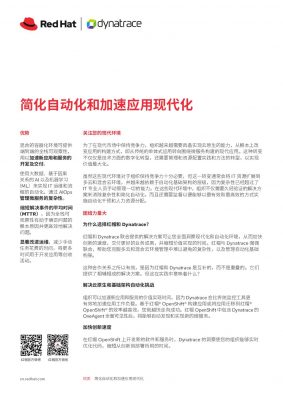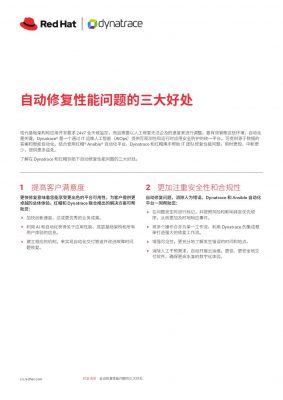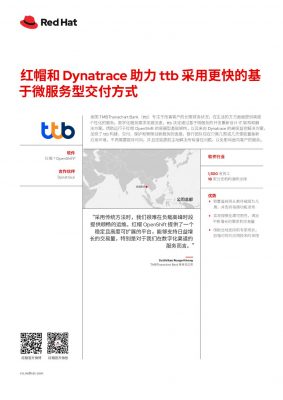Highlights:
- Cloud-distributed file systems distinguish themselves from traditional file systems by offering superior scalability and enhanced reliability compared to other types like block-level storage systems or hierarchical storage systems.
- DFS ensures high availability and improved fault tolerance by maintaining multiple copies of the same file across various locations.
Imagine a digital world where files and data flow seamlessly between devices and networks. Distributed File System (DFS) architecture makes this vision a reality. It represents a pivotal asset within modern IT infrastructures, presenting scalability and reliability while alleviating the need for extensive manual maintenance.
DFS facilitates seamless file sharing, enabling users to access files dispersed across diverse computers and locations, fostering collaborative efforts. Moreover, DFS plays a crucial role in distributed computing by fragmenting computations into manageable units, allowing for independent processing across numerous machines or processors. This enhances processing efficiency and augments reliability by redundancy in processing units.
Distributed file systems have gained paramount significance in various real-world scenarios, including:
- Enterprise Resource Planning (ERP)
- Data Analytics
- Cloud Computing and Artificial Intelligence (AI).
- Customer Relationship Management (CRM)
Cloud-distributed file systems distinguish themselves from traditional file systems by offering superior scalability and enhanced reliability compared to other types like block-level storage systems or hierarchical storage systems.
In the ever-evolving landscape of technology, DFS remains at the forefront of innovation. Modern trends, including big data analytics and advanced AI algorithms, harness the power of distributed computing architectures supported by robust distributed filesystems like DFS. This makes DFS an indispensable component of contemporary IT infrastructure solutions, promising to retain its relevance and importance well into the future.
Understanding the characteristics of DFS is pivotal for optimizing storage solutions and ensuring reliability, scalability, and efficient file operations across a network of interconnected devices and servers.
What Are The Characteristics Of a Distributed File System?
Distributed file system characteristics delineate the fundamental attributes that set them apart in data storage and management. These features encompass the traits and behaviors defining how data is handled, accessed, and maintained within a distributed environment.
- Remote Data/File Sharing: DFS facilitates seamless access to a file from any node within the system, regardless of location. For instance, process ‘A’ can create and share a file with other processes like ‘B’ or ‘C’.
Subsequently, processes running on different nodes can access or modify this shared file, illustrating the transparent accessibility and collaborative nature of DFS.
- User Mobility: In distributed systems, users can work on any system simultaneously. This eliminates the need for users to physically move or relocate secondary storage devices within DFS, enhancing convenience and productivity for users operating across various nodes.
- Availability: DFS ensures high availability and improved fault tolerance by maintaining multiple copies of the same file across various locations.
This redundancy in file storage enhances system reliability, ensuring that even if one copy or location experiences an issue, other copies remain accessible, minimizing downtime and potential data loss.
- Data Integrity: In a shared file system, multiple users concurrently access and save data in files. Ensuring the integrity of data transferred within files is essential. Proper synchronization of concurrent access requests from multiple users attempting to access the same file simultaneously necessitates effective concurrency control methods.
Atomic transactions, sophisticated systems for managing data integrity in concurrency, are often provided by file systems. These transactions ensure that operations on the file system are carried out consistently and reliably, maintaining the accuracy and reliability of the data.
- Performance: The evaluation of performance is conducted based on the average duration required to convince a client successfully. The system must exhibit operational characteristics analogous to those of a centralized file system.
- Diskless Workstations: DFSs’ enable the utilization of diskless workstations as a means to mitigate system noise and heat. Moreover, it can be argued that diskless workstations offer greater cost-effectiveness than their disk-full counterparts.
Having explored the fundamental characteristics that define a distributed file system, we can now delve into the crucial aspect of designing such systems. Understanding these characteristics is paramount as they form the building blocks for an effective design.
What is A Distributed File System Design?
It is vital to keep in mind how elements like scalability, fault tolerance, replication, and file access synchronization play pivotal roles in shaping the structure and operations of a distributed file system.
Designing distributed file systems harnesses these key characteristics to create a system that meets the demands of modern computing, ensuring optimal performance, reliability, and accessibility across a distributed network of resources.
The design process of a distributed file system involves several crucial steps:
Identify Requirements
Determine the specific requirements of the distributed file system and the applications and workloads that will interact with it. Consider performance, security, fault tolerance, scalability, data consistency, and other pertinent factors.
Determine Architecture
Determine an appropriate architecture based on the requirements. Consider factors such as centralized versus decentralized, client-server versus peer-to-peer, and replication and caching requirements. Choose an architecture that supports and aligns with your performance, scalability, and fault tolerance objectives.
Define Data Model
Determine how files and directories will be organized and represented and define the network metadata structure, including permissions, file attributes, timestamps, directory structure, efficient file lookup, and metadata management techniques.
Replication Strategy
Define the strategy for replication when replication is required for fault tolerance or performance. Clarify the total amount of replication consistency models, replicas, and mechanisms for conflict resolution and replica-wide data consistency.
File Access Protocol
Choose a file access protocol that enables client interaction with a distributed file system. Consider established protocols such as POSIX, NFS, and CIFS/SMB, or design a custom protocol tailored to the system’s needs.
Security Design
Determine which security measures will be implemented. Specify authentication mechanisms, access control policies, encryption requirements, and monitoring and auditing capabilities. Ensure the security design is consistent with the organization’s security policies and standards.
Performance Optimization
Identify potential system performance bottlenecks and consider caching, load balancing, data partitioning, and parallel processing techniques to improve the performance.
Fault Tolerance and Recovery
Develop mechanisms for failure recovery to ensure availability. Define mechanisms for fault tolerance, including data replication, distributed consensus protocols, and error recovery procedures. Establish backup and recovery procedures to prevent data loss and facilitate system recovery.
Scalability and Growth
Consider dynamic resource allocation, horizontal scaling, and load balancing to accommodate growth and scalability requirements and future needs. The architecture of a distributed file system should be designed to accommodate increasing data volumes, user loads, and the addition of new nodes and servers.
Implementation and Testing
Implement the designed DFS and conduct thorough testing, which includes integration testing, unit testing, performance testing, and security testing.
Deployment and Monitoring
Deploy the distributed file system within the environment of interest. Continuously monitor the system’s performance, availability, and security, and optimize and fine-tune it according to actual usage patterns and user feedback.
Final Words
Designing the best distributed file system requires a careful balance of performance, scalability, fault tolerance, and security.
It’s akin to fine-tuning a complex machine—each part must work harmoniously to ensure smooth operation. Data consistency, user-friendliness, and meeting diverse application needs are critical components.
Like a well-orchestrated performance, a well-designed distributed file system provides a seamless experience for users and applications, a symphony of efficiency and reliability in computing.
Access various valuable cloud-related whitepapers in our resource center to expand your knowledge.



